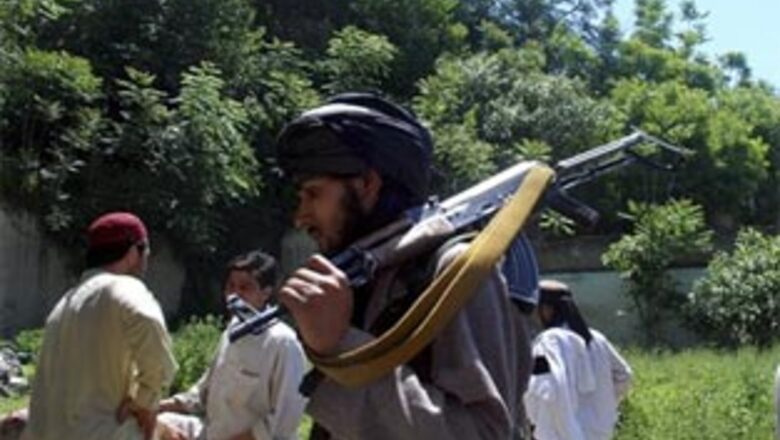
views
Islamabad: Illegal trade in gemstones, timber and marble helps sustain the activities of the Taliban and other extremist groups, an editorial in a leading English daily said on Monday.
"It is not possible to put a definitive figure on how much the Taliban are making from their excursion into economic activity, but the government estimates that it is losing $800 million annually from the illegal timber trade and indiscriminate deforestation alone," The News said in an editorial headlined 'Funding Terror'.
"Not all of this will be going to the Taliban, but whatever they make from the gem and marble business, will. Once again, they have demonstrated an ability to adopt and adapt, to profit from the weaknesses of the civil administration and get the most out of the lands they now control. Underestimating their abilities is a mistake we all lose by," the editorial maintained.
Noting that scant attention has thus far been paid to how the Taliban and some other extremist groups fund their operations, it said the "traditional" picture is that there is a global network of informal funders and sympathisers, as well as at least two large state players in the Muslim world.
"Yet a picture is now emerging which tells a very different story as to how these groups get their money and sustain themselves - with three natural resources namely gemstones, timber and marble featuring strongly," the editorial said.
"Necessity, goes the saying, is the mother of invention, and income diversity is now the name of the game," it added.
Marble was the Taliban's first target, beginning April 2008 when they took over the Ziarat quarry in the Mohmand Agency of the Federally Administered Tribal Areas (FATA).
Around a million tonnes of marble a year are mined in FATA every year - and prior to the Taliban takeover, the government had hoped to increase marble and granite exports to $500m by 2013, "a hope now not to be realized with the profit now going into other pocke"s", The News said.
The emerald mines of Swat were next. By late March, reports began to be confirmed that militants had taken control of the government's emerald mines located in the mountains of Mingora, the largest city of the district.
The occupation of the Mingora mine apparently took place sometime in February 2009, following the controversial peace deal between the North West Frontier Province (NWFP) administration and Taliban-backed radical cleric Sufi Muhammad, the newspaper said.
Taliban forces then seized the nearby Shamozai and Gujjar Killi mines and started mining and trading gems "probably at below market rates".
"Local people were reportedly happy with the takeover as it was said that the Taliban were sharing up to one-third of the profit with them," the editorial pointed out.
Swat is rich in timber, "and a partnership between the long-established timber mafia in Swat and Dir has been rapidly established".
A further "income steam" is being established via the non-commercial route of the jaziya tax, the levying of which has forced some 35 Sikh families, who have resided for long in FATA's Orakzai Agency, to flee the area.
Their property and houses have been appropriated by the Taliban, the editorial noted.



















Comments
0 comment